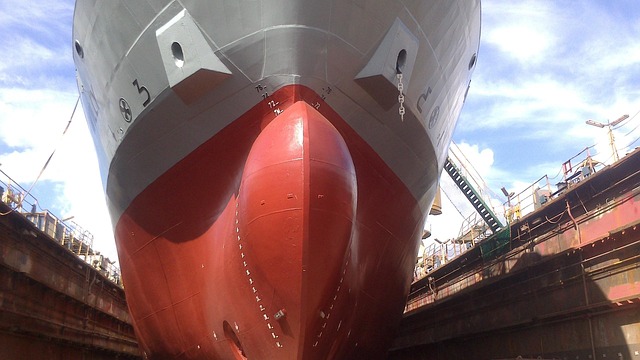The Fire Training Simulator Northwest is revolutionizing hazardous materials (hazmat) team preparation by offering a controlled, immersive practice environment. This cutting-edge technology simulates diverse hazardous scenarios, allowing first responders to develop skills and protocols without risking lives. By replicating real-world conditions with dynamic elements like ventilation, heat, and chemical reactions, the simulator enhances team knowledge, decision-making, and responsiveness. Regular usage, updates, diverse scenario design, and post-run debriefings ensure hazmat teams are well-equipped to handle emergencies effectively, making the fire training simulator northwest a vital asset for regional preparedness.
In today’s world, efficient disaster response is paramount. Regional hazmat team rollover training equipment plays a crucial role in preparing emergency responders for hazardous situations. This article delves into the intricacies of such training gear, focusing on the cutting-edge Fire Training Simulator Northwest. We explore its benefits and best practices to ensure effective readiness, highlighting how innovative technologies like this simulator are revolutionizing fire safety across regions.
- Understanding Regional Hazmat Team Rollover Training Equipment
- The Fire Training Simulator Northwest: A Cutting-Edge Approach
- Benefits and Best Practices for Effective Training
Understanding Regional Hazmat Team Rollover Training Equipment

In the dynamic field of emergency response, specialized equipment plays a pivotal role in preparing regional hazmat teams for real-world scenarios. One such innovation is the fire training simulator northwest, designed to offer immersive and realistic practice for hazardous materials incidents. This cutting-edge technology replicates various environmental conditions, enabling teams to refine their skills in a controlled setting.
The simulator provides an array of features that mirror high-risk situations, from smoke and fumes to heat and toxic chemicals. It allows trainees to experience the physical demands and mental challenges of a hazmat response, fostering coordination and quick decision-making. By integrating such equipment into their training regimen, regional hazmat teams can enhance their preparedness, ensuring they are equipped to handle potential disasters with confidence and efficiency.
The Fire Training Simulator Northwest: A Cutting-Edge Approach

The Fire Training Simulator Northwest is a revolutionary tool that sets a new standard in hazardous materials (hazmat) team training. This cutting-edge technology offers a safe and immersive environment, allowing first responders to practice critical skills and protocols without risking their lives or the public’s safety during real emergency situations. By simulating various hazardous scenarios, from chemical spills to structure fires involving dangerous materials, the simulator provides an effective means of preparing teams for the unique challenges they may face in the field.
With its advanced features, the Fire Training Simulator Northwest enables trainees to experience first-hand the complexities of hazmat response operations. The realistic digital environments, developed by industry experts, mimic real-world conditions, complete with dynamic changes in ventilation, heat, and chemical reactions. This comprehensive approach ensures that when teams encounter similar incidents in reality, they are equipped with the necessary knowledge and confidence to make swift, informed decisions, ultimately enhancing their overall responsiveness and effectiveness during critical operations.
Benefits and Best Practices for Effective Training

Effective rollover training equipment, such as a fire training simulator Northwest regions rely on, offers numerous benefits for regional hazmat teams. These simulators provide a safe and controlled environment where team members can practice critical response skills to hazardous material incidents. By replicating real-world scenarios, trainers can assess individual and team performance, identify areas for improvement, and ensure everyone is prepared for high-stakes situations.
Best practices for maximizing the benefits of this training include regular utilization of the simulator, continuous updates to reflect current standards and technologies, and incorporating diverse scenarios to challenge and enhance problem-solving skills. Additionally, debriefing sessions after each run are essential for discussing lessons learned, fostering open communication, and reinforcing key concepts. Incorporating these practices ensures regional hazmat teams remain well-trained, ready, and capable of responding effectively to any emergency.






